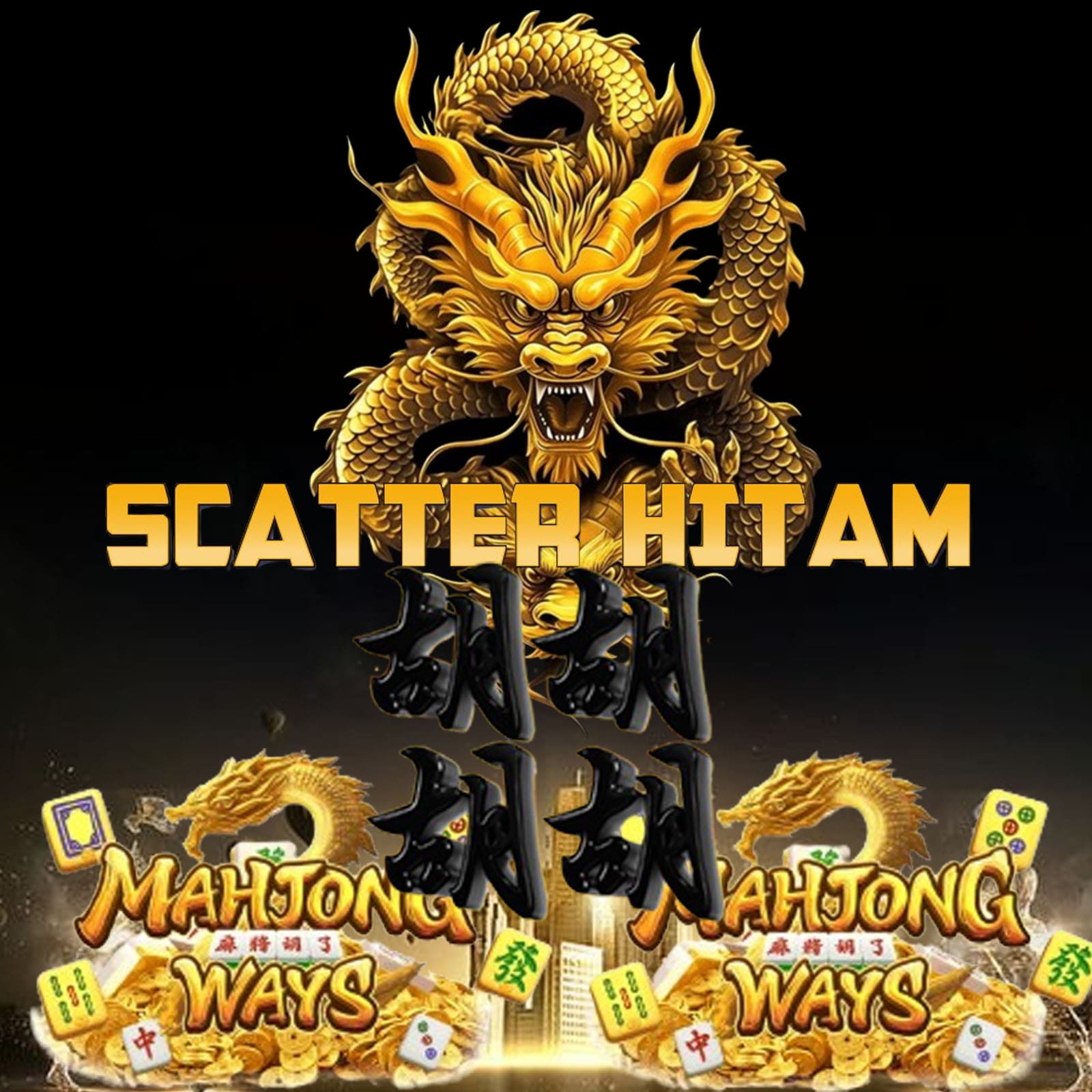
Rolling dice has been a popular form of gambling, entertainment, and decision-making for centuries. Among the many possible outcomes when rolling two six-sided dice, one of the most infamous and well-known results is “Snake Eyes”—rolling two ones. This outcome carries various meanings in different games, cultures, and contexts Angkasa 338.
What is Snake Eyes?
“Snake Eyes” is the term used when a player rolls two ones (1-1) on a pair of standard six-sided dice. The name is derived from the resemblance of the two single pips on each die to the eyes of a snake. This result is often associated with bad luck, misfortune, or a low score, depending on the game being played.
The Significance of Snake Eyes in Different Games
Craps
In the game of craps, rolling snake eyes is an automatic loss when betting on the “Pass Line” in the initial come-out roll. Since the goal of this roll is to land a 7 or 11 to win instantly, a roll of 2 (snake eyes) or 3 results in an immediate loss, commonly referred to as “crapping out.”
Board Games and Other Dice Games
In many board games, rolling a double (including snake eyes) can have special implications. For example, in Monopoly, rolling doubles allows a player to roll again, but rolling three consecutive doubles (including snake eyes) sends the player to jail.
In some role-playing games (RPGs) and wargames, rolling snake eyes can symbolize a critical failure or an unexpected mishap.
Snake Eyes in Culture and Superstition
Throughout history, rolling two ones has been viewed as a sign of bad luck in gambling and other contexts. The name itself, with its reference to a snake, often carries a negative connotation. Snakes have been linked to deception or danger in various myths and legends, reinforcing the unlucky perception of snake eyes.
However, in some cultures, snake eyes can also be seen as a sign of new beginnings or rare occurrences. Since the probability of rolling a 1-1 with two dice is just 1 in 36 (approximately 2.78%), it is a relatively rare event, making it special in some interpretations.
The Probability of Rolling Snake Eyes
Since a standard six-sided die has six possible outcomes (1 through 6), the probability of rolling a 1 on one die is 1/6. To roll two ones simultaneously, you multiply the probability:
(1/6) * (1/6) = 1/36 ≈ 2.78%
This makes snake eyes one of the least likely outcomes when rolling two dice, the same probability as rolling a twelve (6-6).
Snake Eyes, while infamous in many dice-based games, is a rare and intriguing roll that has gained cultural significance over time. Whether it brings bad luck, adds an element of challenge to a game, or simply provides an interesting statistical probability, it remains one of the most well-recognized terms in dice rolling. Next time you roll the dice, you might just land on snake eyes—but whether it’s a blessing or a curse depends on the game you’re playing!


